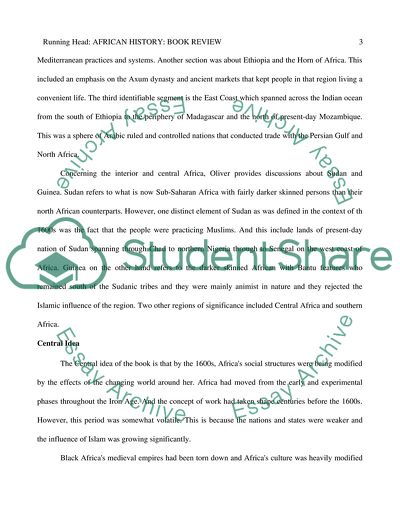Cite this document
(The Cambridge History of Africa Book Report/Review, n.d.)
The Cambridge History of Africa Book Report/Review. Retrieved from https://studentshare.org/history/1812475-african-history
The Cambridge History of Africa Book Report/Review. Retrieved from https://studentshare.org/history/1812475-african-history
(The Cambridge History of Africa Book Report/Review)
The Cambridge History of Africa Book Report/Review. https://studentshare.org/history/1812475-african-history.
The Cambridge History of Africa Book Report/Review. https://studentshare.org/history/1812475-african-history.
“The Cambridge History of Africa Book Report/Review”, n.d. https://studentshare.org/history/1812475-african-history.


